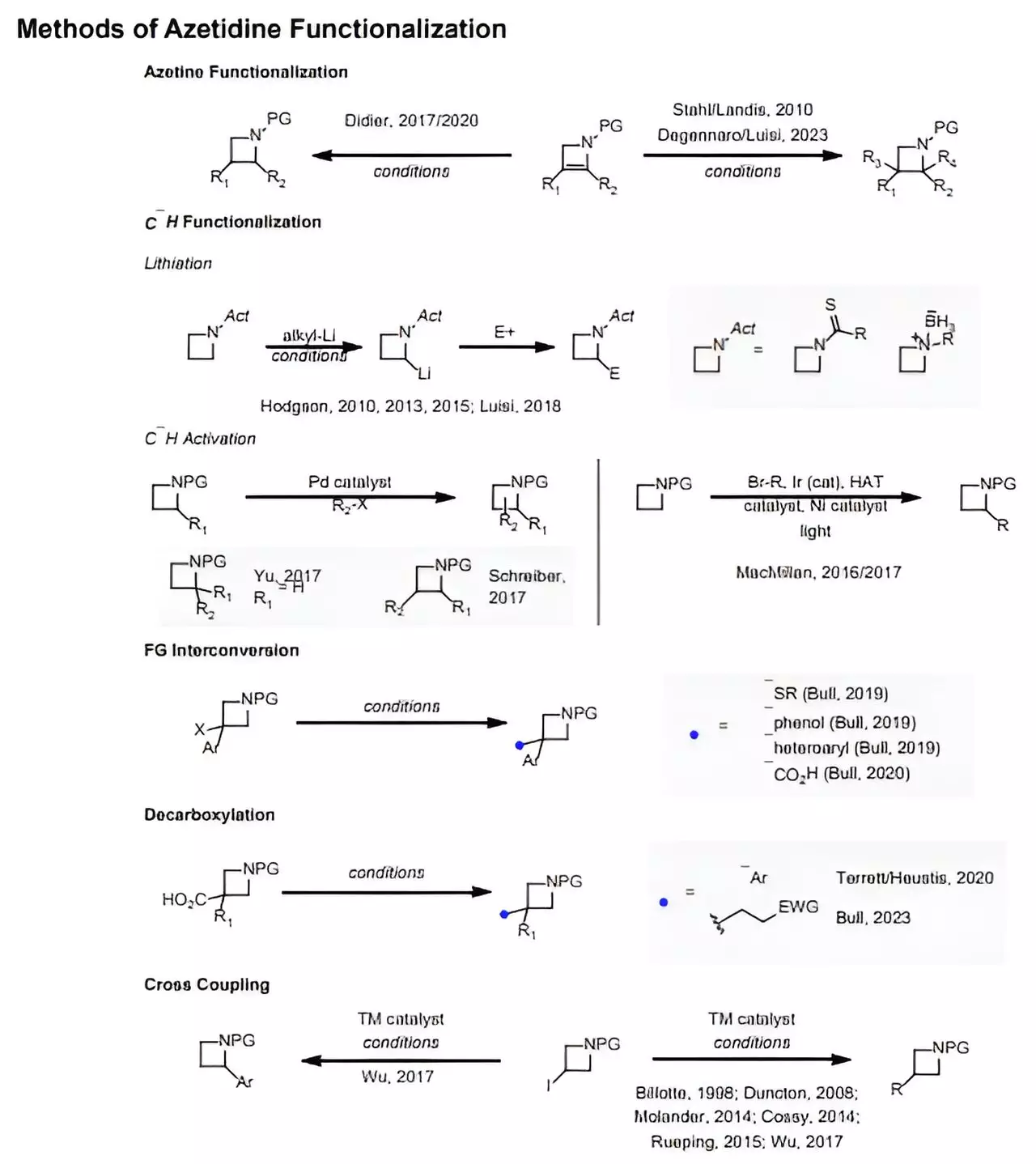In the realm of pharmaceutical chemistry, azetidines are emerging as potent players with the potential to unlock new avenues in drug development. Characterized by their unique four-membered nitrogen-containing ring structures, these compounds have been overshadowed by their five-membered counterparts, which have dominated the landscape of FDA-approved medications. This disparity is largely due to the challenging synthesis of azetidines compared to the more straightforward creation of five-membered nitrogen heterocycles, which underpin a significant portion of current pharmaceuticals including antibiotics and cancer treatments. However, a groundbreaking study from researchers at MIT and the University of Michigan offers a ray of hope for the synthesis of these elusive compounds, paving the way for a new frontier in drug discovery.
A Paradigm Shift in Chemical Reactions
The innovative approach taken by the research team harnesses the power of photocatalysis, a technique that involves the use of light to drive chemical reactions. This method has the ability to excite molecules from their ground state to a higher energy level, thus increasing their reactivity. By focusing on the interaction between an alkene and an oxime, the researchers set out to establish a reliable protocol for azetidine production. This process not only circumvents the traditional trial-and-error methodology that often plagues synthetic chemistry but also introduces a predictive modeling framework that enhances efficiency and accuracy in compound synthesis.
Heather Kulik, an associate professor of chemistry at MIT, emphasizes the importance of this development: “Going forward, rather than using a trial-and-error process, people can prescreen compounds and know beforehand which substrates will work and which ones won’t.” This capability is transformative for the pharmaceutical industry, where the cost of drug development is prohibitively high and the timeline can span over a decade.
Bridging Theory and Experimentation
The study showcases the integration of computational modeling with experimental validation, creating a robust symbiotic relationship that enhances the predictive capability of chemical reactions. The researchers developed a theoretical foundation to understand the underlying principles governing the reactions. At the core of their methodology is the concept of frontier orbital energy matching—a quantum mechanical principle that dictates the likelihood of electron interactions during a chemical reaction. By calculating the energy levels of the outermost electrons in the relevant molecules, the researchers can ascertain which reactants are most likely to yield successful reactions, particularly under the influence of a photocatalyst.
This modeling not only streamlines the reaction selection process but also expands the repertoire of reactants that chemists can utilize in successfully synthesizing azetidines. The implications extend far beyond azetidines, hinting at a broader transformative potential in synthetic organic chemistry.
Validating Predictions with Empirical Data
The researchers didn’t stop at theoretical predictions; they rigorously tested their model against laboratory experiments. They focused on 18 specific alkene-oxime pairs and found that their computational predictions closely aligned with experimental outcomes. This empirical validation serves as a proof of concept that substantiates their computational framework and demonstrates its utility in real-world applications. Among the successful compounds synthesized were derivatives of known FDA-approved drugs, amoxapine and indomethacin, further cementing the relevance of azetidines in modern medicine.
Such breakthroughs resonate profoundly within the pharmaceutical sector, where the potential for reduced development times and enhanced accessibility to novel compounds could lead to groundbreaking treatments, particularly in areas that have long been stagnant due to synthetic challenges.
The Future of Pharmaceutical Innovation
As the research team continues to explore additional synthetic pathways utilizing photocatalysis, there’s an air of optimism permeating the scientific community. The ability to efficiently synthesize azetidines and predict their reactivity heralds a new era in drug discovery, where previously unreachable compounds are brought into the fold of therapeutic options. This work not only marks a significant advancement in chemical synthesis but also illustrates the power of interdisciplinary collaboration, blending chemistry, computational science, and experimental rigor.
The journey forward for researchers like Kulik and Schindler is illuminated by the promise of integrating cutting-edge technologies into traditional chemical methodologies. As we delve deeper into the complexities of molecular interactions, the prospect of discovering innovative drug candidates that address unmet medical needs becomes increasingly tangible. By overcoming the synthetical barriers that have long hindered azetidine research, this collaborative effort exemplifies how scientific innovation serves as a cornerstone for progress in medicine.

